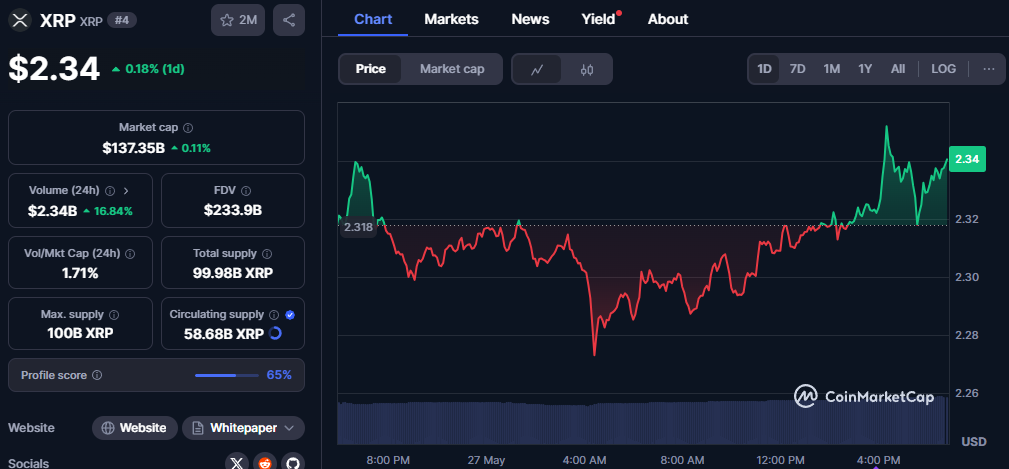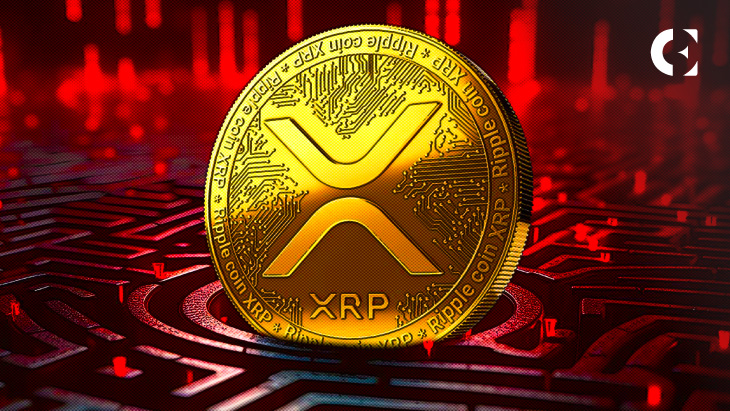- XRP price is expected to rise due to its unique deflationary design that steadily reduces supply with every transaction.
- Its growing use in fast, low-cost cross-border payments further boosts demand, supporting long-term value growth.
XRP is back in the spotlight after a well-known researcher in the crypto community, “SMQKE,” shared compelling insights on why the token’s price may continue its upward trajectory.

Central to SMQKE’s analysis is XRP’s unique deflationary design. Unlike many cryptocurrencies that rely on mining or token creation, XRP was issued in full at inception—100 billion tokens with no mechanism to create more. Instead, XRP’s supply decreases gradually over time through a burn process: each transaction destroys a tiny fraction (0.00001 XRP) permanently. Since launch, around 13.9 million XRP have been burned, steadily reducing the total supply.
Also read: PEPE Price Soars 4% After Whale Moves 2 Trillion Tokens from Bybit: Key Insights and Market Impact
This built-in scarcity is critical. SMQKE points out that limited supply combined with real-world usage tends to drive value growth. As more transactions occur, more XRP tokens vanish, pushing scarcity higher. This deflationary mechanism sets XRP apart, as its circulating pool diminishes with network activity.
However, supply reduction alone isn’t enough. XRP’s increasing utility in global finance is another crucial factor. The XRP Ledger enables near-instant, low-cost transfers of various asset types—including fiat, cryptocurrencies, and tokenized securities. Compared to traditional systems like SWIFT, which can take days and involve costly intermediaries, XRP offers a faster and cheaper alternative.
Additionally, XRP’s interoperability with other blockchains, facilitated by platforms like Axelar, broadens its potential use cases. This cross-chain capability could fuel growing demand as adoption spreads beyond a single ecosystem.
Still, experts caution that sustained price gains depend heavily on expanding usage. The token burn rate is slow, and without increased demand, the supply reduction’s impact on price may remain modest. Widespread adoption by financial institutions and platforms seeking efficient cross-border payment solutions is key.
In conclusion, SMQKE’s insights highlight that XRP’s deflationary supply and expanding real-world applications form a strong foundation for long-term value growth. Yet, the pace of demand growth will ultimately dictate how far and how fast XRP’s price rises.
The future of XRP hinges on its ability to maintain utility and accelerate adoption—making it a digital asset worth watching closely.




